Cassava chips are a staple snack in many regions due to their affordability, nutritional value, and versatility. For manufacturers looking to venture into cassava chip production, a critical decision lies in choosing between manual and automated cassava chips making plants. This blog explores the pros and cons of each system, helping manufacturers, suppliers, and entrepreneurs make informed choices that align with their production goals, budget, and market demands.
Understanding Manual Cassava Chips Making Plants
Key Features
- Cost-Effective Setup: Manual cassava chips making plants typically have a lower initial investment, making them ideal for small-scale operations or startups.
- Labor-Intensive: These plants rely heavily on manual labor for peeling, slicing, frying, and packaging processes.
- Low Energy Requirements: Without heavy machinery, energy consumption is significantly reduced.
- Customizable Production: Operators can easily modify processes to create unique chip sizes, flavors, or textures.
Advantages
- Affordable for Small Businesses: Entry-level costs are low, making it accessible for entrepreneurs.
- Simple Maintenance: The lack of complex machinery reduces the need for technical expertise in maintenance.
- Flexibility: Allows small batches of production, catering to niche markets with custom flavors and sizes.
Limitations
- Lower Output: Manual plants have limited production capacity, which can hinder scaling.
- Inconsistent Quality: Variability in human performance can lead to inconsistencies in chip size, frying, and flavoring.
- High Labor Dependency: As production increases, labor costs can outweigh initial savings.
Explore small-scale cassava chips plants here.
Advantages of Automated Cassava Chips Making Plants
Key Features
- Fully Automated Processes: From peeling and slicing to frying and packaging, automation ensures streamlined operations.
- High Production Capacity: Suitable for large-scale operations to meet high market demand.
- Consistent Quality: Advanced machinery ensures uniform slicing, frying, and seasoning.
- Energy Efficiency: Modern automated systems are designed to optimize energy usage.
Advantages
- Higher Efficiency: Automated plants drastically reduce processing time, allowing continuous operation.
- Consistent Quality Control: Machines ensure uniformity in size, texture, and flavor, improving customer satisfaction.
- Lower Long-Term Costs: While initial investment is higher, reduced labor dependency and efficient energy use result in cost savings over time.
- Scalability: Ideal for businesses aiming to expand production capacity to cater to large markets.
Limitations
- High Initial Investment: Automated systems require significant upfront capital for machinery and installation.
- Technical Expertise Required: Maintenance and operation of automated systems necessitate skilled personnel.
- Space Requirements: Automated plants require more space, which can increase setup costs.
Discover fully automated cassava chips making plants here.
Side-by-Side Comparison of Manual and Automated Plants
| Feature | Manual Cassava Chips Plants | Automated Cassava Chips Plants |
| Setup Cost | Low | High |
| Production Capacity | Limited | High |
| Energy Consumption | Low | Moderate to High |
| Labor Dependency | High | Low |
| Product Consistency | Variable | Uniform |
| Maintenance | Simple | Requires Technical Expertise |
| Scalability | Challenging | Easily Scalable |
Factors to Consider When Choosing a Plant
- Budget Constraints
If you’re a small business or a startup, manual cassava chips plants may be more suitable due to their low initial cost. However, larger businesses with substantial capital can benefit from the efficiency of automated systems.
- Production Goals
For businesses targeting local markets or operating on a small scale, manual plants suffice. If the goal is to cater to national or international markets, automated plants are essential to meet demand.
- Labor Costs
In regions where labor is expensive, automated systems can significantly reduce operational costs. Conversely, in areas with low labor costs, manual systems might still be cost-effective.
- Quality Expectations
Automated systems excel in delivering consistent product quality, essential for branding and customer retention. For artisanal or niche markets, manual plants can offer a unique touch.
- Space Availability
Manual plants can be set up in small spaces, while automated systems require larger facilities. Consider available space before making a decision.
Learn more about food processing equipment.
How Automated Plants Enhance Energy Efficiency
Energy efficiency is a growing concern for manufacturers. Automated cassava chips plants incorporate modern technologies to reduce energy consumption. Features like:
- Advanced insulation systems.
- Heat recovery mechanisms.
- Energy-efficient motors and machinery.
These advancements not only lower operational costs but also contribute to sustainability.
Explore energy-efficient frying machines.
Conclusion: Finding the Right Balance
The choice between manual and automated cassava chips making plants depends on your business size, budget, and production goals. Manual plants are ideal for startups and small-scale operations, offering affordability and flexibility. On the other hand, automated plants are better suited for businesses focused on high output, consistent quality, and long-term growth.
At Blaze Machinery, we provide customized solutions to meet your cassava chips production needs. From semi-automatic systems to fully automated plants, our equipment ensures high efficiency and reliability.
Contact us today to find the perfect cassava chips making plant for your business.


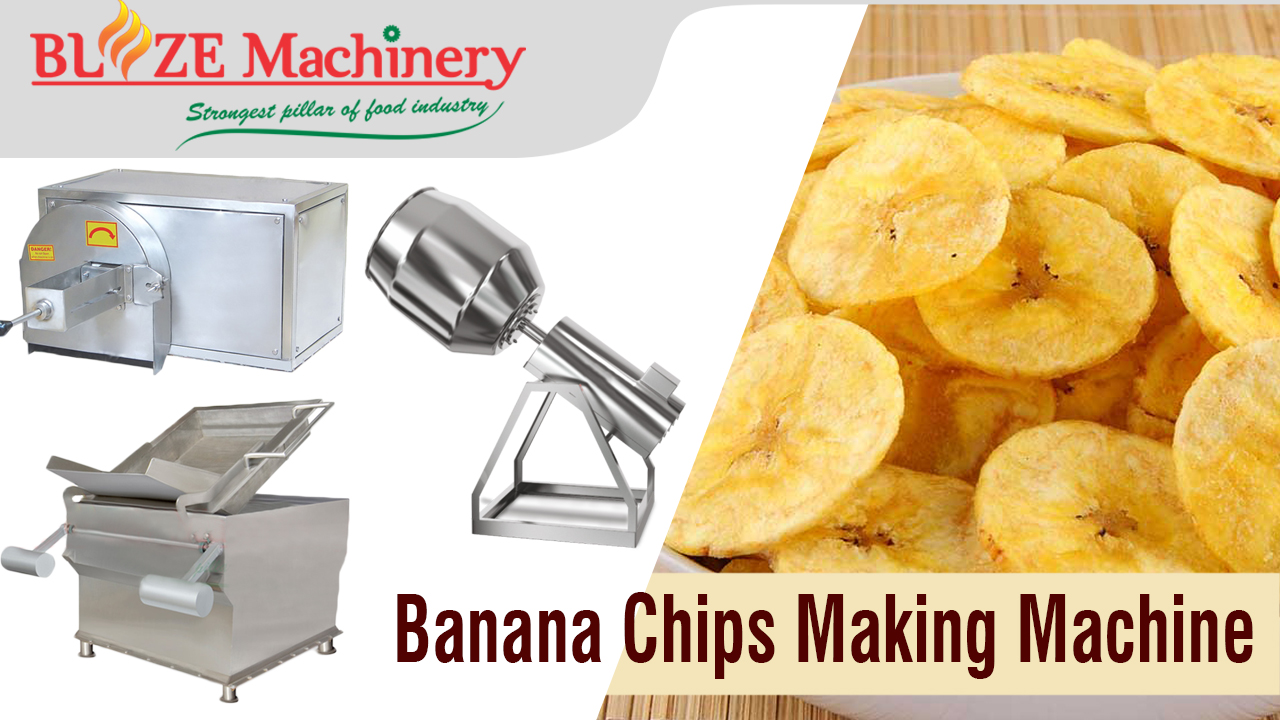
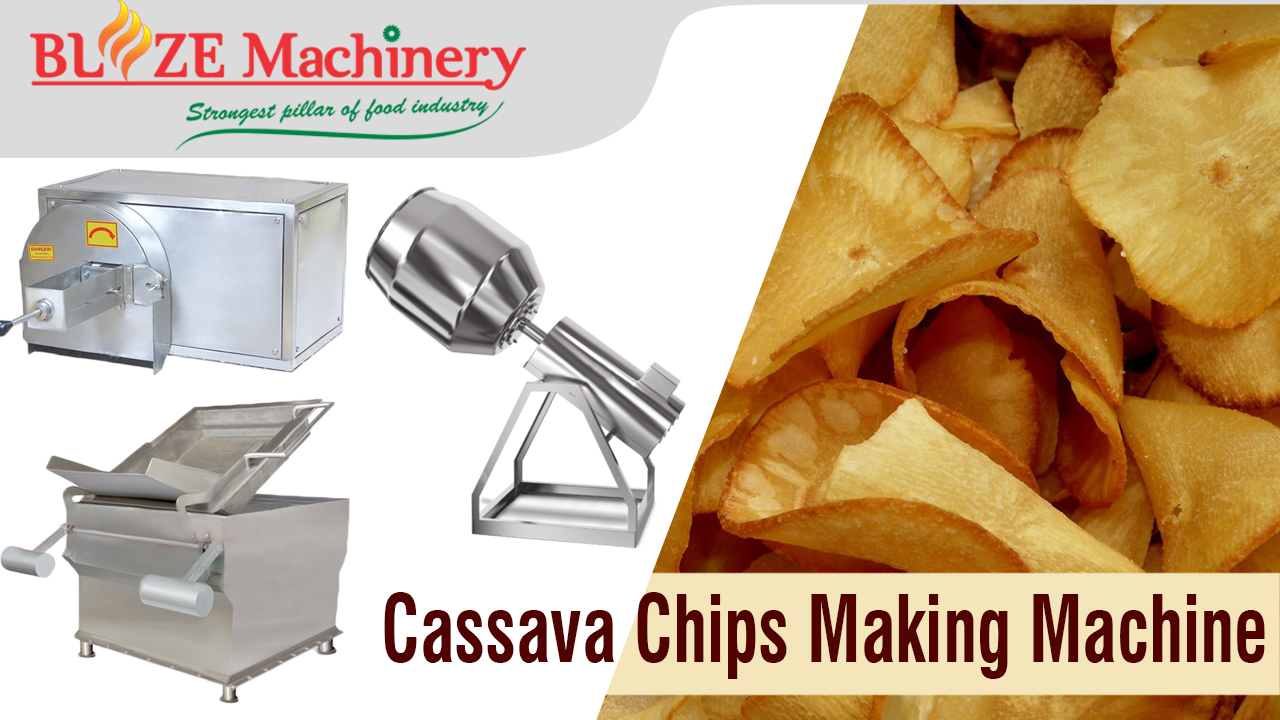
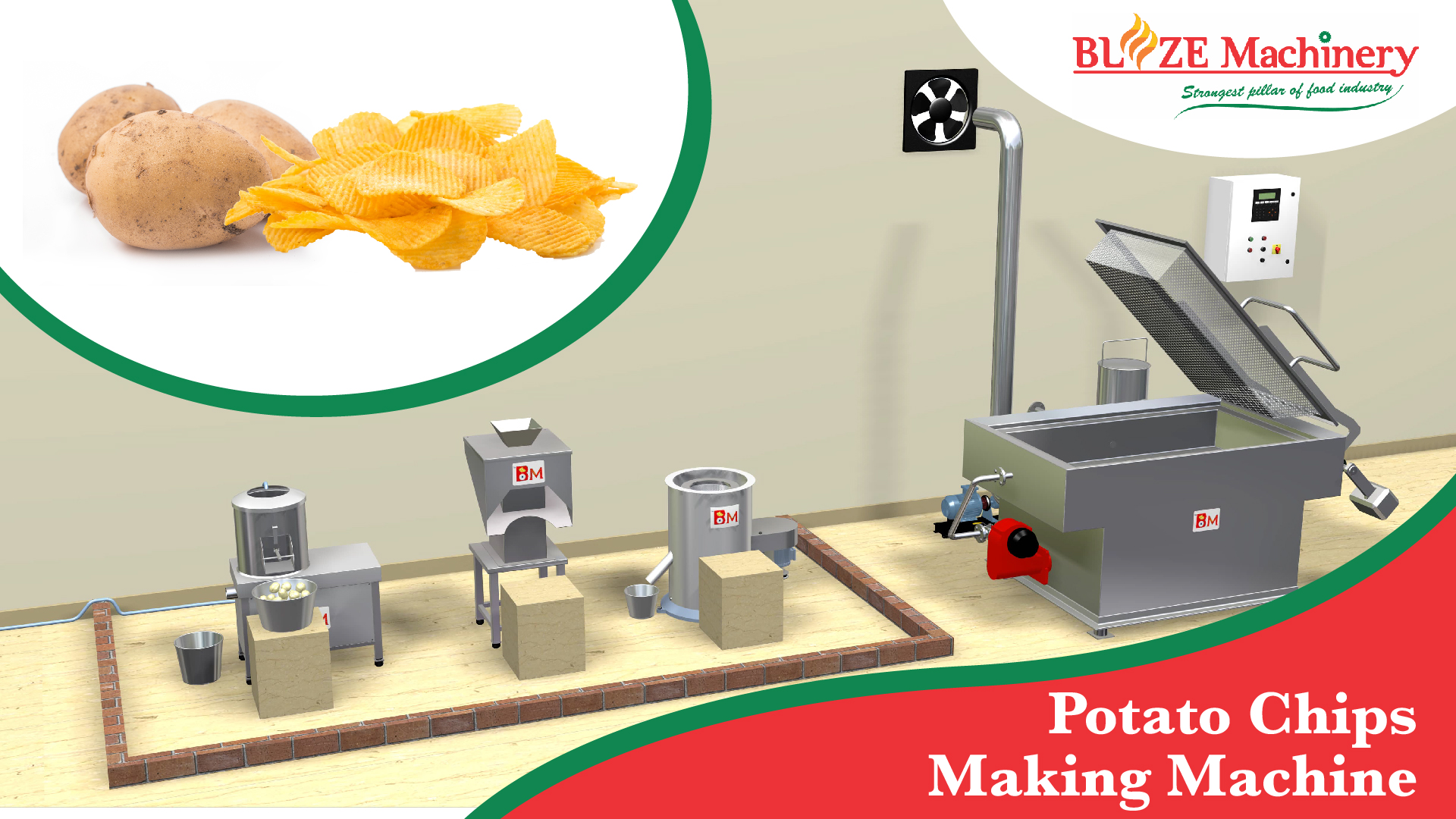
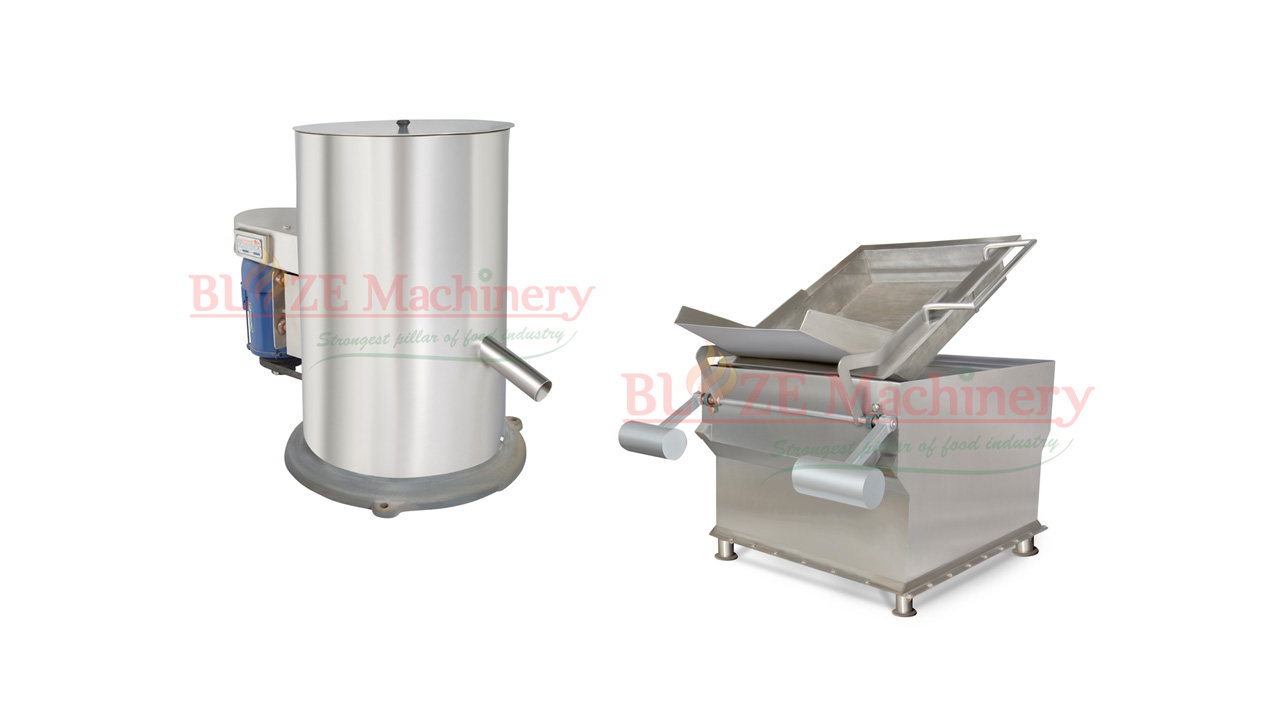

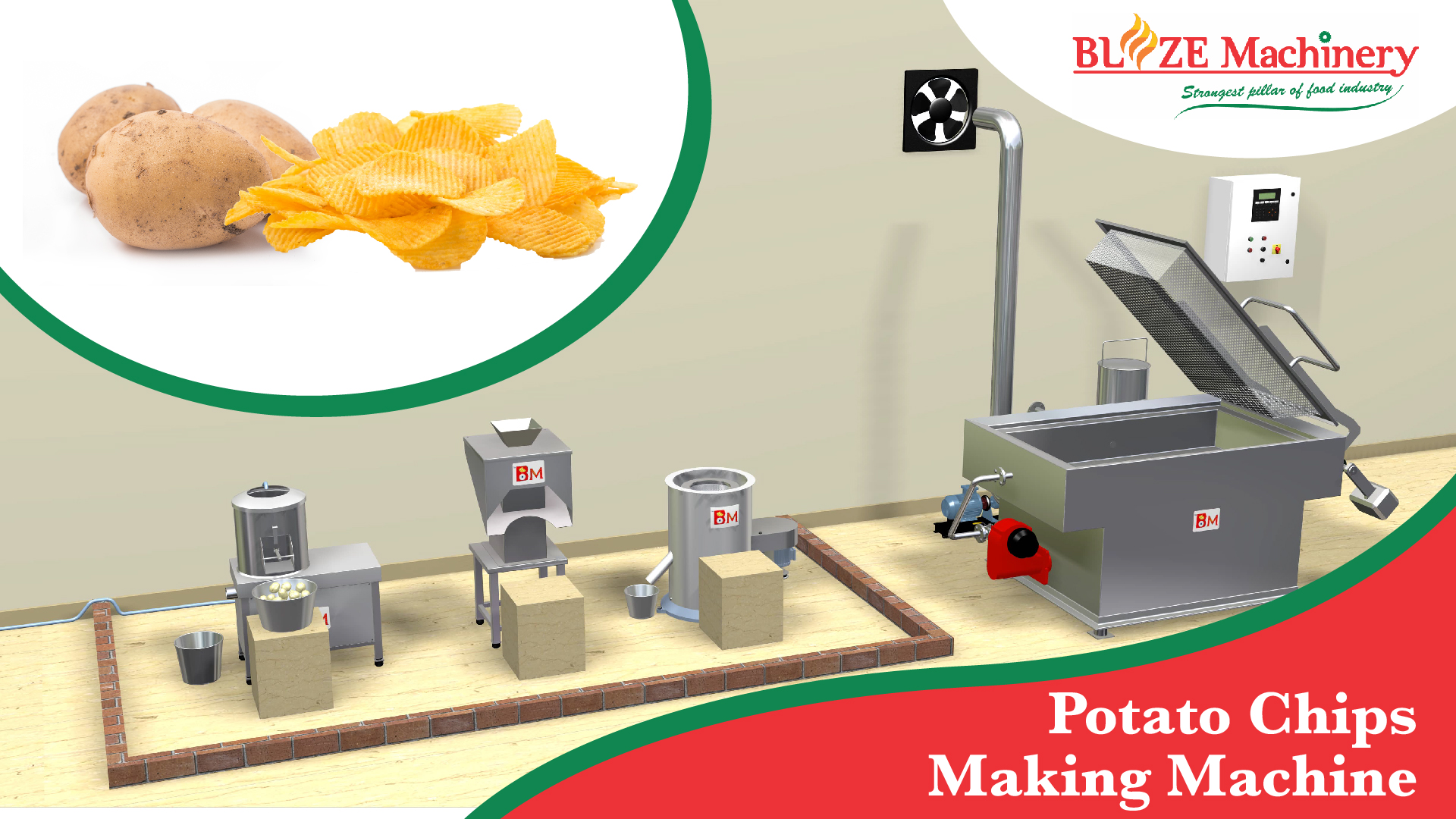


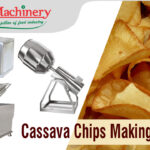
Recent Comments